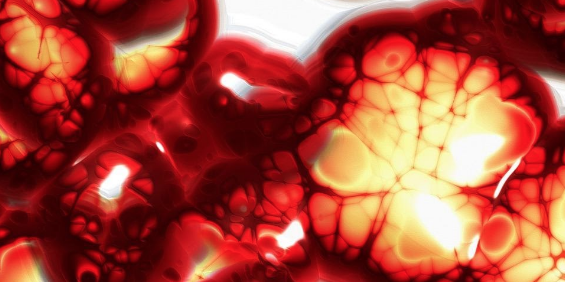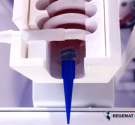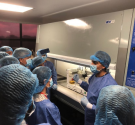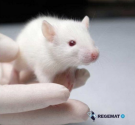3D bioprinting applied to regenerative medicine. One more step to be immortal?
The term “regenerative medicine” was first used in 1992 by Leland Kaiser, who defined it as “ A new branch of medicine will be developed to change the course of chronic diseases and in many examples regenerate systems tired and damaged organs ”
We live twice as long as two centuries ago, but, over the years, a natural process that we call aging, becomes visible with signs such as loss hearing, vision or bone degeneration due to the loss of minerals. The pharmaceutical / cosmetic industry tirelessly tries to obtain the formula of eternal youth. However, the solution is probably closer than we think.
Nature is wise, Why can’t we make use of the solutions the proper nature provides to us?
Different creatures appear in the seas and oceans that are capable of regenerating tissues and organs. Without going any further, sharks can replace up to 20,000 teeth. An amphibian with Mexican origin called Axolotl, shows us its capability of regenerating amputated organs and other tissues in its body. And even flatworms and starfish can regenerate the entire body.
But how do they do it? And, how can we apply it to the human being?
Technological advances such as 3D bioprinting applied to regenerative medicine could be the answer.
3D bioprinting is based on layer-by-layer printing based on its previous design in specific software. Once this design is obtained, the order is sent to the hardware to print the desired shape, including different types of biomaterials and living cells. What we get as a final product, is a three-dimensional functional matrix that mimics human living tissue, and in this technique, Regemat 3D has a long experience.
The next step, once the tissue is obtained, is to functionalize the matrix so that its maturation is necessary. For this, we use a bioreactor; it is a device where conditions can be applied in vivo in order to accelerate the maturation process of the tissue.
What are the benefits of this technology?
One of the biggest difficulties we find in the healthcare system is organ transplantation. In the United States alone, there is a queue of 113,000 people waiting for a life-saving organ, and an average of 20 people die each day on the waiting list.
One of the goals of bioprinting will be medical tissue / organ regeneration and replacement. Without a doubt, this can be a great opportunity and benefit for the general population.

Likewise, at REGEMAT 3D we started working in this field in 2014 .We currently collaborate with research groups located in more than 28 countries. One of them is the University of Sydney, where we have managed to regenerate necrotic heart tissue, or at the Virgen del Rocío Hospital, where we work directly in the operating room, the reconstruction of abdominal meshes.




